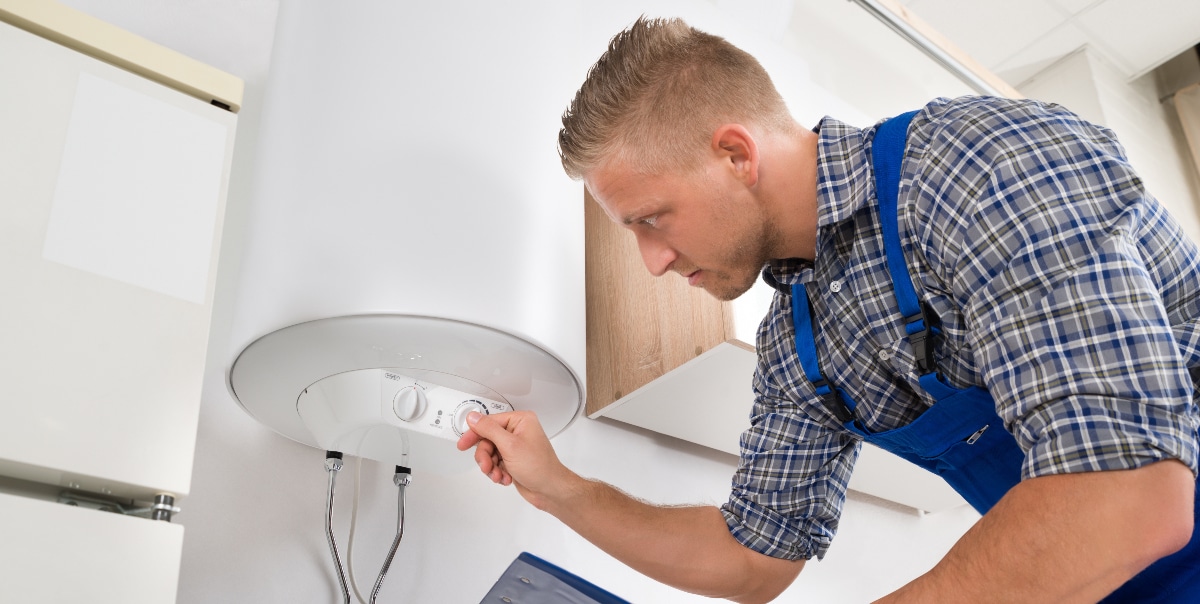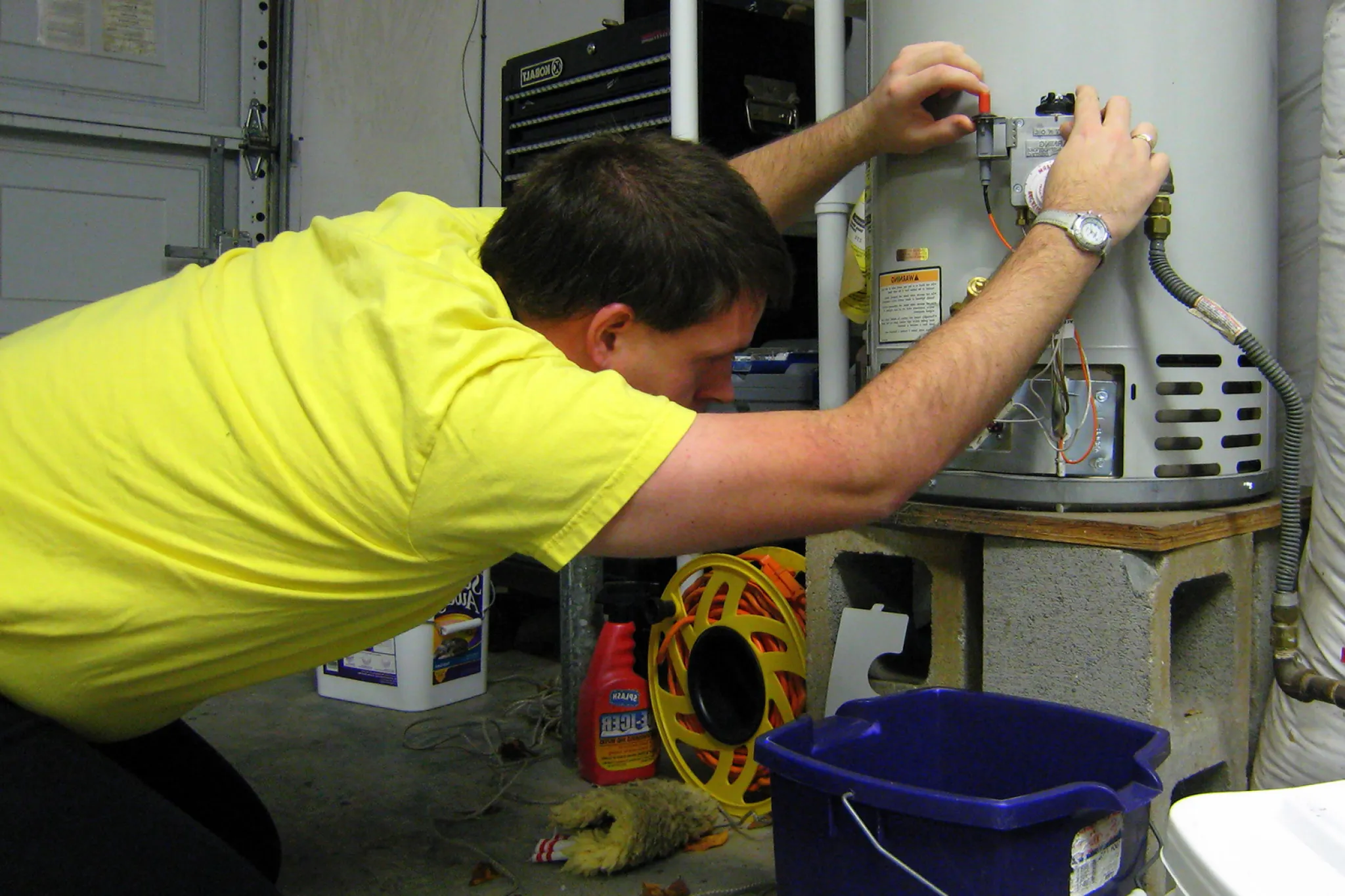Steps on How to Care for Your Home's Hot Water System Effectively
Steps on How to Care for Your Home's Hot Water System Effectively
Blog Article
On this page down the page you can find a good deal of reliable advice on the subject of How to Maintain Your Water Heater & Prolong its Life.

Hot water is crucial for day-to-day comfort, whether it's for a rejuvenating shower or washing meals. To guarantee your hot water system runs effectively and lasts much longer, routine upkeep is essential. This write-up provides functional pointers and insights on exactly how to maintain your home's hot water system to avoid disturbances and pricey repair services.
Introduction
Preserving your home's hot water system could seem complicated, but with a few basic actions, you can ensure it runs efficiently for years to find. This overview covers every little thing from understanding your hot water system to do it yourself upkeep suggestions and understanding when to call professional help.
Significance of Preserving Your Hot Water System
Regular maintenance not only prolongs the life-span of your warm water system yet also ensures it operates effectively. Disregarding upkeep can lead to decreased efficiency, higher power expenses, and also early failing of the system.
Indicators Your Warm Water System Demands Upkeep
Knowing when your hot water system needs attention can avoid major issues. Look out for signs such as inconsistent water temperature, unusual noises from the heater, or rusty water.
Flushing the Water Heater
Purging your water heater removes debris build-up, boosting effectiveness and extending its life.
Checking and Replacing Anode Rods
Anode rods avoid corrosion inside the tank. Inspecting and changing them when broken is vital.
Complicated Problems Needing Professional Help
Instances consist of major leaks, electric troubles, or if your hot water heater is constantly underperforming.
Routine Professional Upkeep Perks
Expert maintenance can include thorough examinations, tune-ups, and making sure compliance with safety criteria.
Checking and Adjusting Temperature Setups
Changing the temperature setups guarantees optimal efficiency and safety.
Do It Yourself Tips for Upkeep
You can carry out a number of maintenance jobs yourself to keep your warm water system in top problem.
Checking for Leakages
On a regular basis examine pipelines and connections for leaks, as these can lead to water damages and greater expenses.
Understanding Your Warm Water System
Before diving right into maintenance jobs, it's valuable to understand the fundamental components of your warm water system. Generally, this consists of the hot water heater itself, pipelines, anode rods, and temperature level controls.
Monthly Upkeep Tasks
Regular regular monthly checks can help capture minor problems before they intensify.
Examining Pressure Alleviation Valves
Testing the stress relief valve guarantees it operates properly and protects against excessive pressure build-up.
Protecting Pipelines
Insulating warm water pipelines reduces warm loss and can conserve energy.
When to Call a Specialist
While DIY maintenance is helpful, some issues need specialist proficiency.
Final thought
Regular maintenance of your home's warm water system is crucial for efficiency, durability, and expense financial savings. By following these suggestions and recognizing when to seek professional assistance, you can make sure a reliable supply of hot water without unforeseen interruptions.
How to Maintain an Instant Hot Water Heater
Before tinkering with your hot water heater, make sure that it’s not powered on. You also have to turn off the main circuit breaker and shut off the main gas line to prevent accidents. Also turn off the water valves connected to your unit to prevent water from flowing into and out of the appliance. 2. When you’re done, you have to detach the purge valves’ caps. These look like the letter “T†and are situated on either side of the water valves. Doing so will release any pressure that has accumulated inside the valves while at the same time avoid hot water from shooting out and burning your skin. 3. When the purge valves’ caps are removed, you have to connect your hosing lines to the valves. Your unit should have come with three hoses but if it didn’t, you can purchase these things from any hardware or home repair shops. You can also get them from retail stores that sell water heating systems. Read the user’s manual and follow it to complete this task properly. When the hosing lines are connected, open the purge port’s valves. 4. You should never use harsh chemical cleaners or solutions when cleaning your unit. Make use of white vinegar instead. It should be undiluted and you’ll probably use about 2 gallons. 5. Now flush your water heater. This task should probably take about 40 minutes. We can’t give you specific directions for this because the procedure is carried out depending on the type, model and brand of your heater. With that being said, refer to the user’s manual. 6. When you’re done draining the unit, you have to turn off the purge port valves again. Remove the hosing lines that you earlier installed on each of the water valves. Put the valve caps (purge port) back in their respective places and be very careful so as not to damage the rubber discs that are found inside these caps. 7. Now that everything’s back in place, check your user’s manual again to find out how to reactivate your water heating system. 8. Once it is working, turn one of your hot water faucets on just to let air pass through the heater’s water supply pipes. Leave the tap on until water flows smoothly out of it. https://www.orrplumbing.com/blog/2014/september/how-to-maintain-an-instant-hot-water-heater/

As a devoted reader on How to Maintain a Hot Water Heater in a Few Simple Steps, I think sharing that piece of content was a good thing. Sharing is nice. Helping others is fun. Thank you so much for going through it.
Click Here Report this page